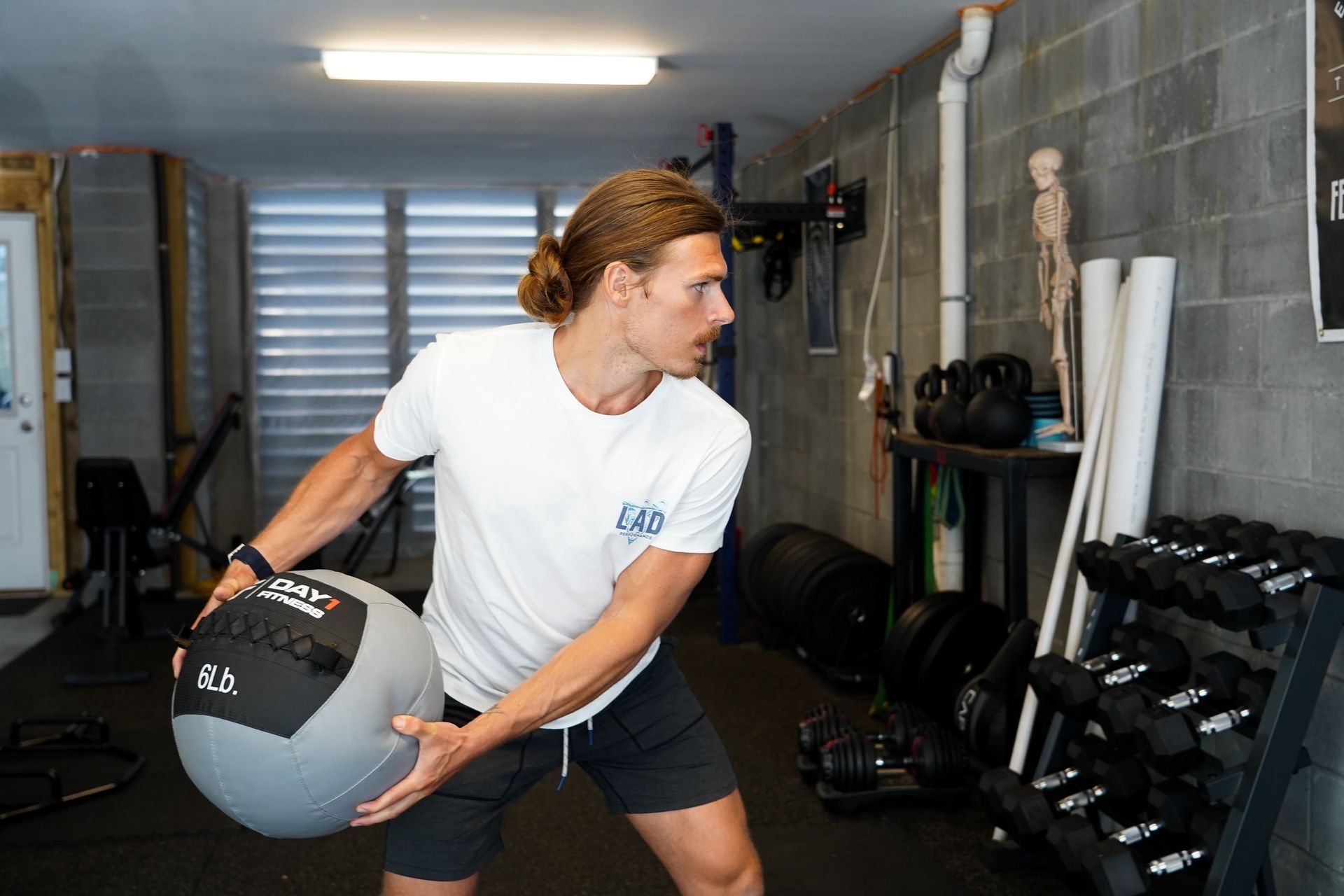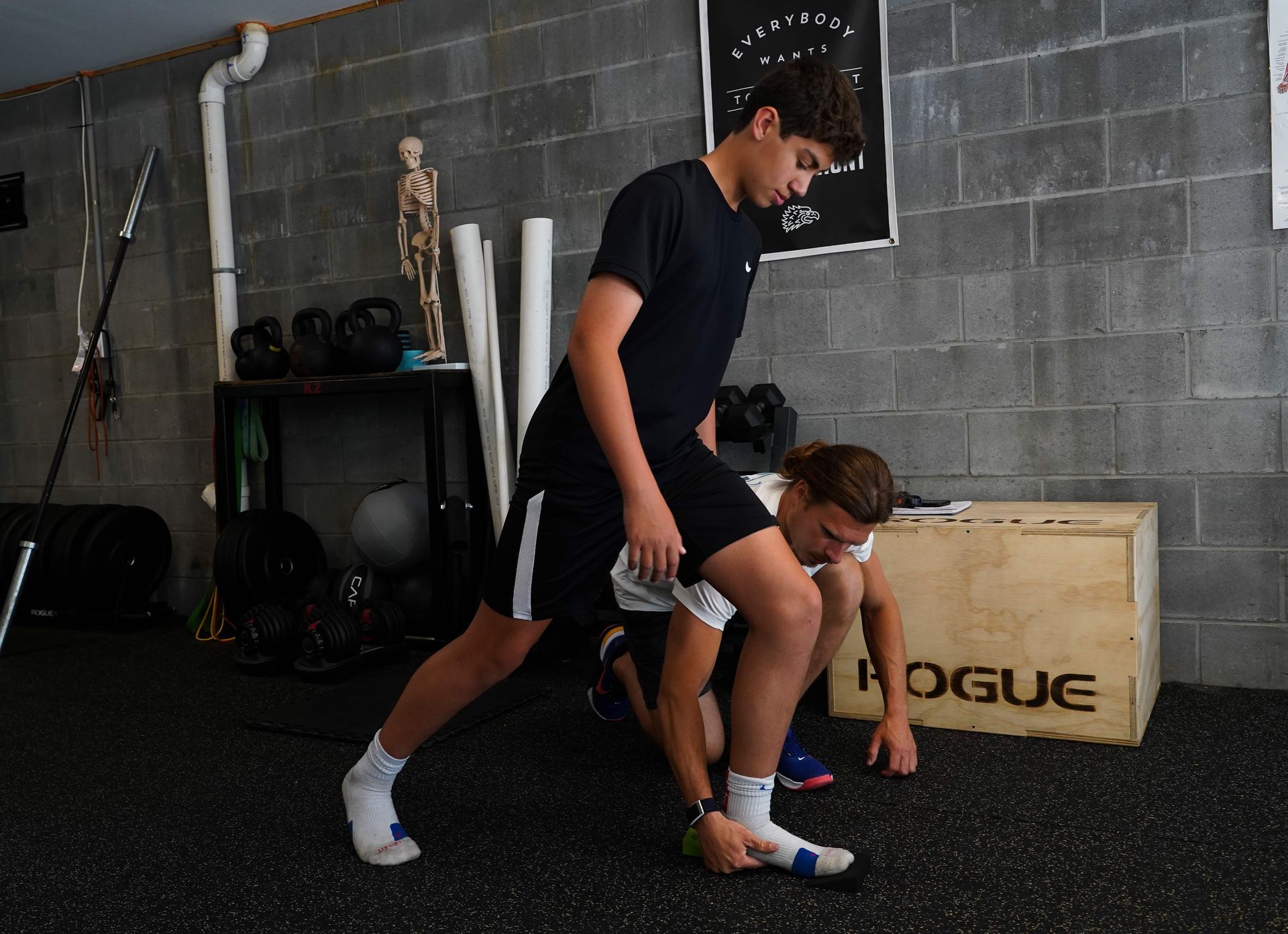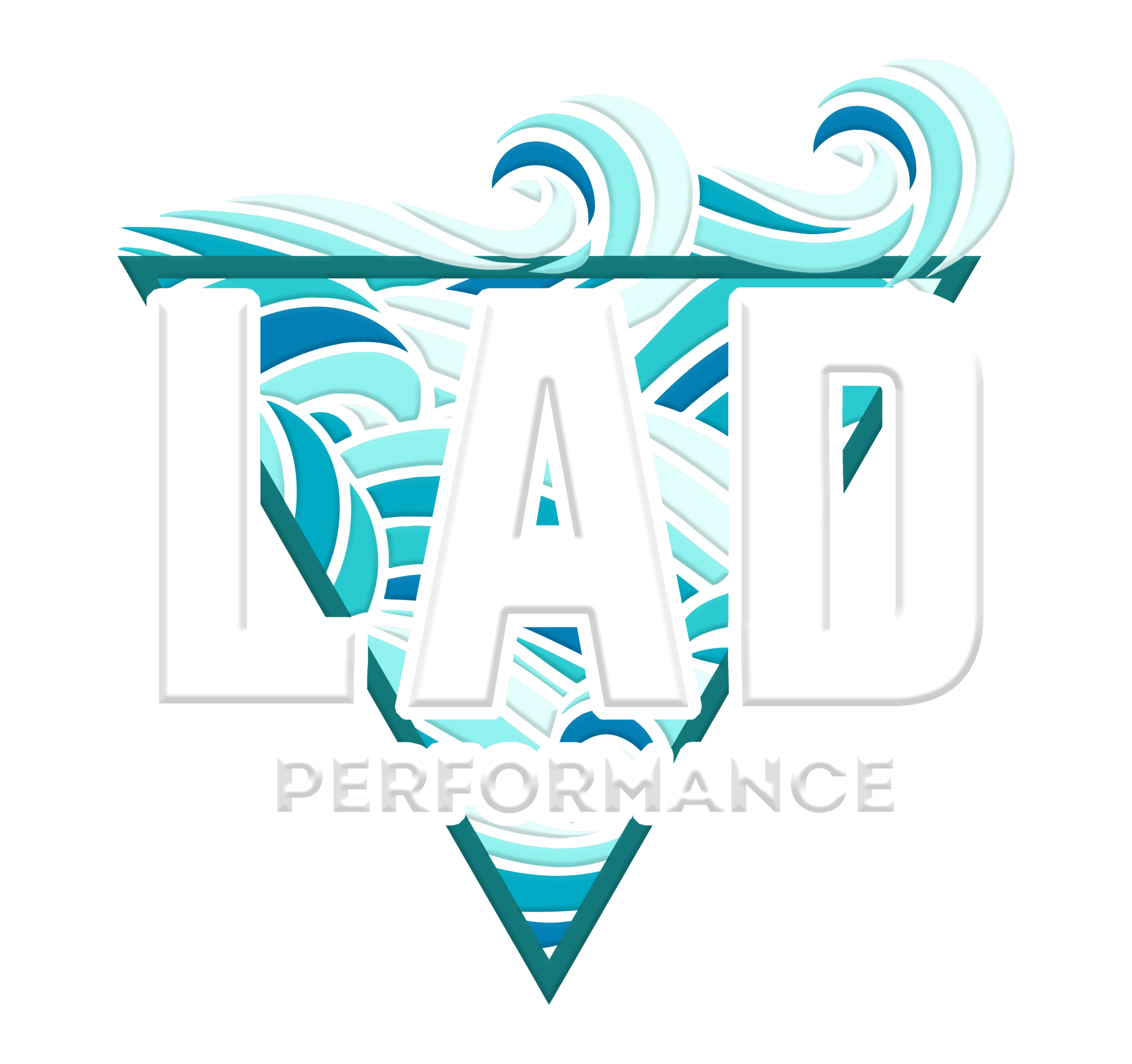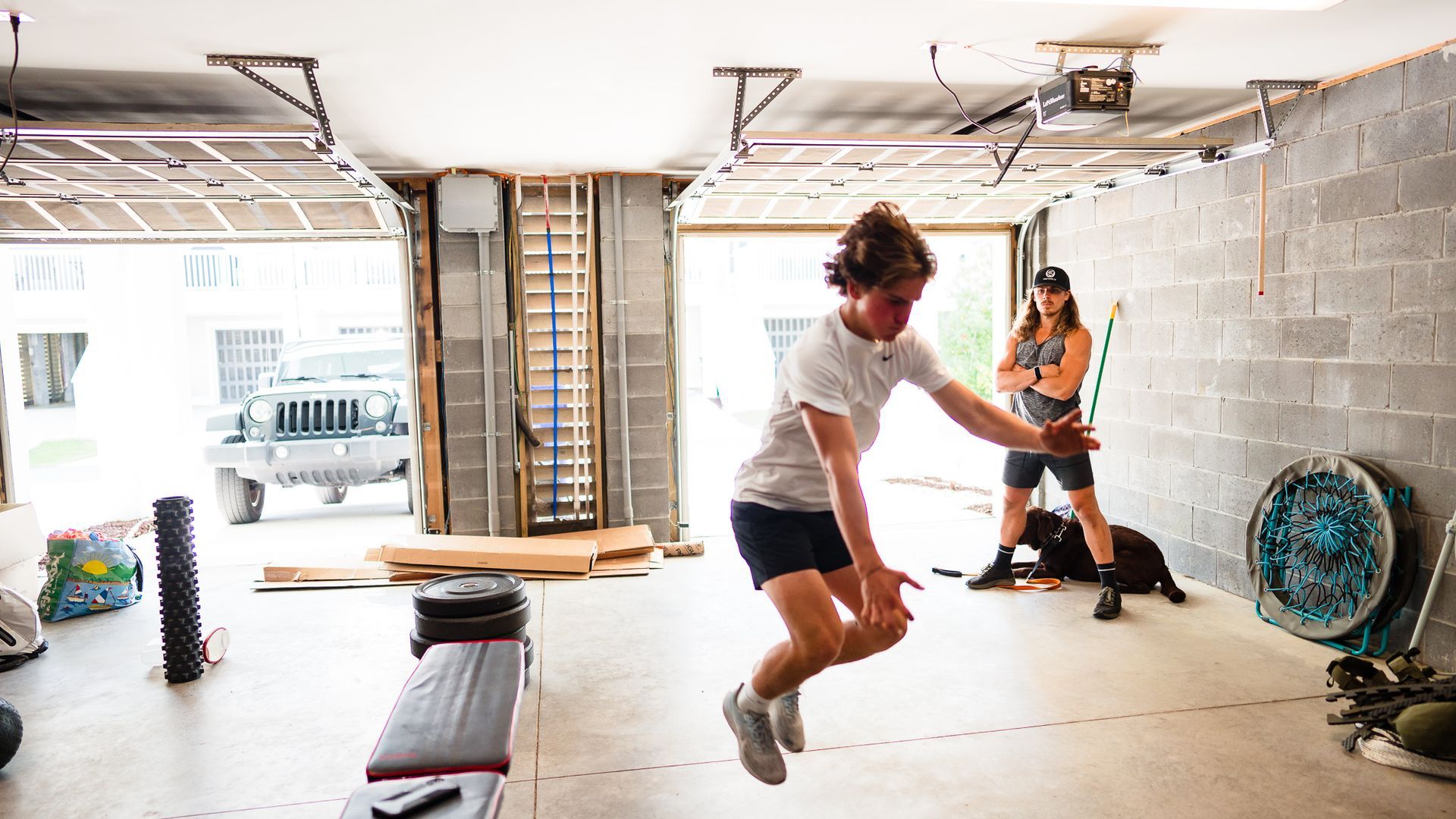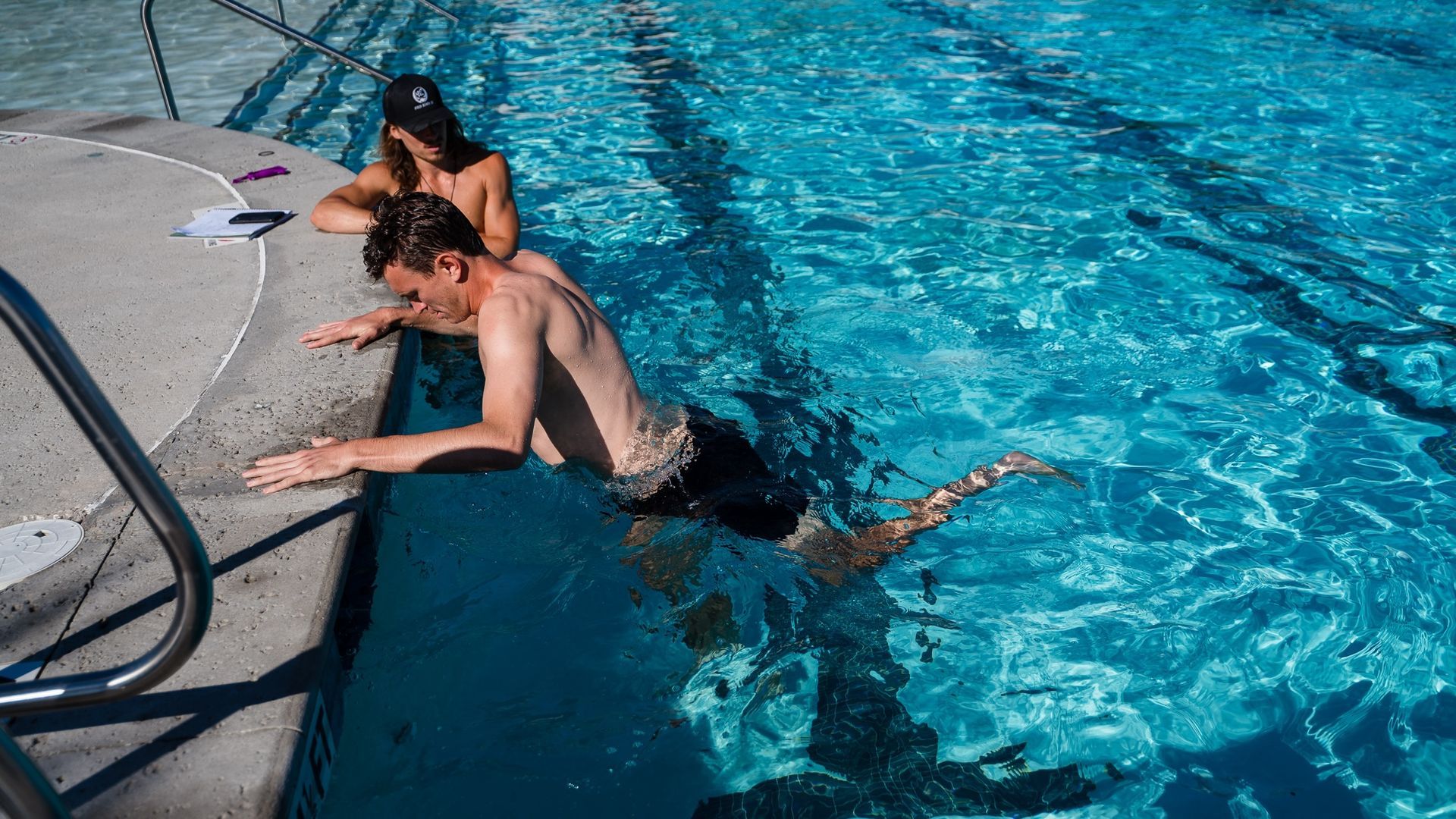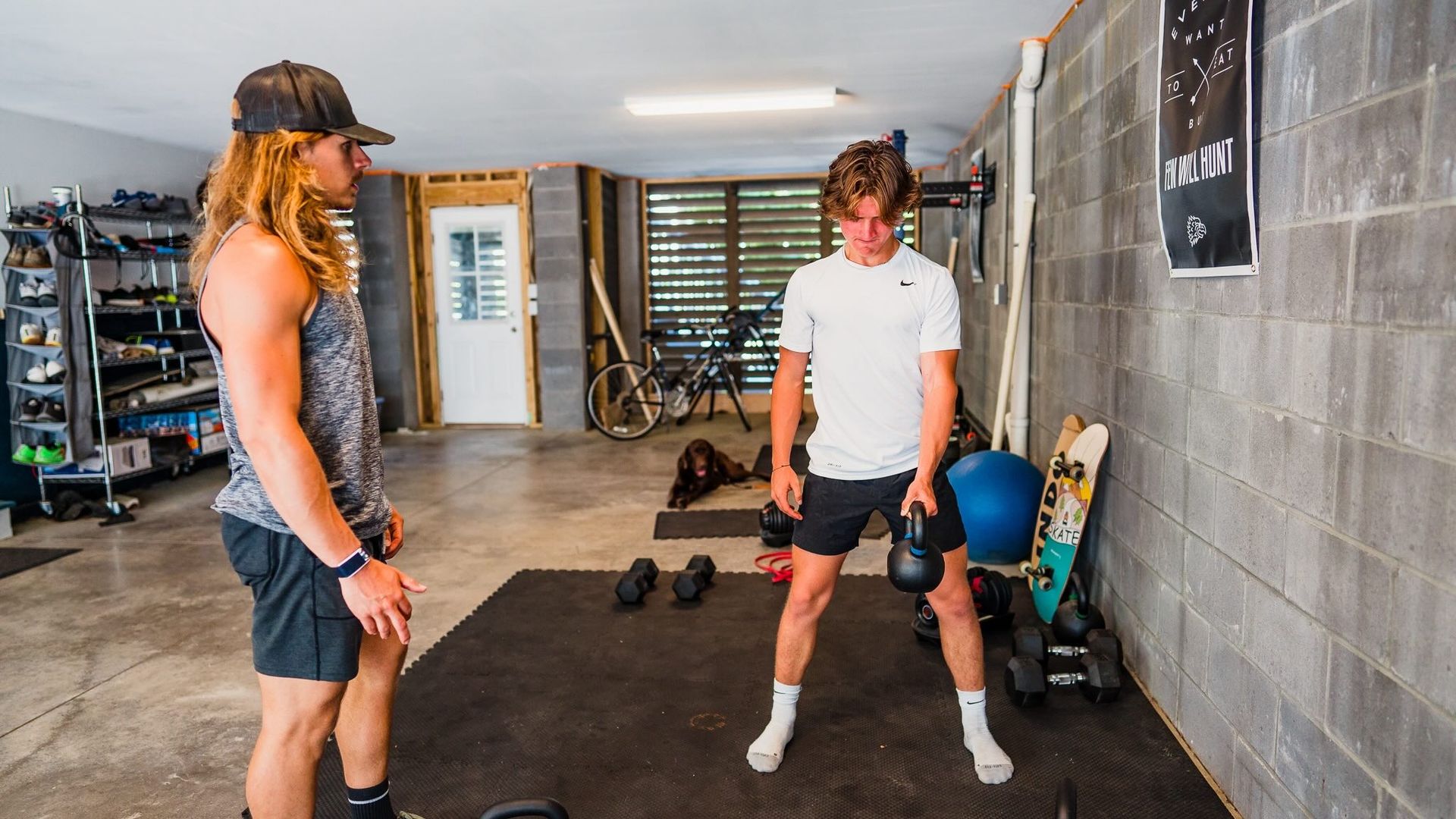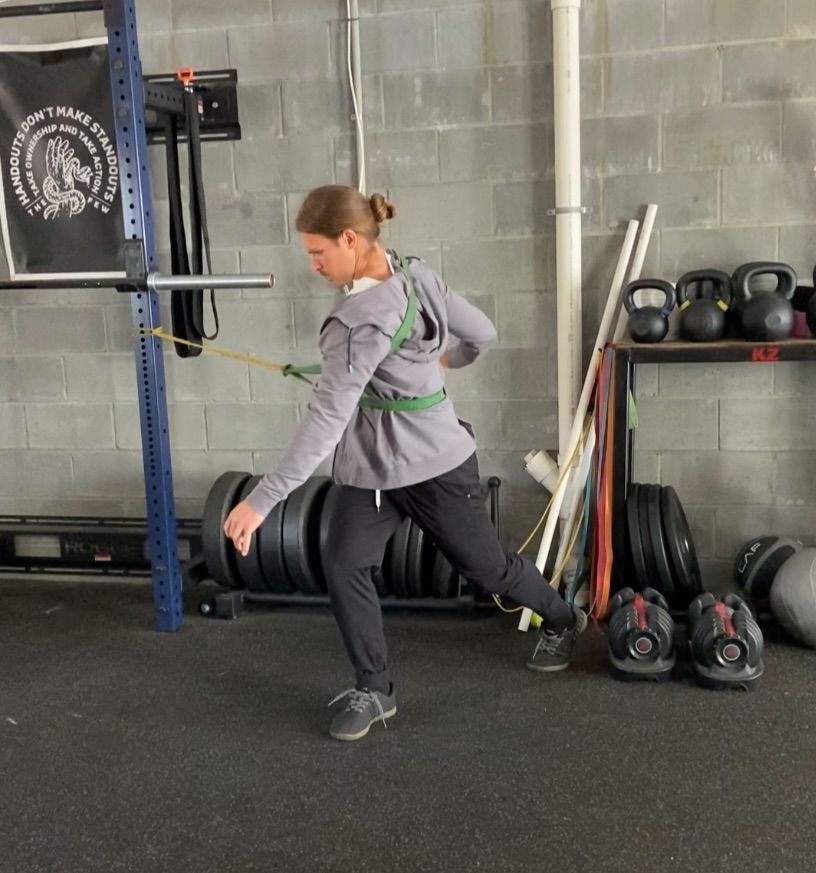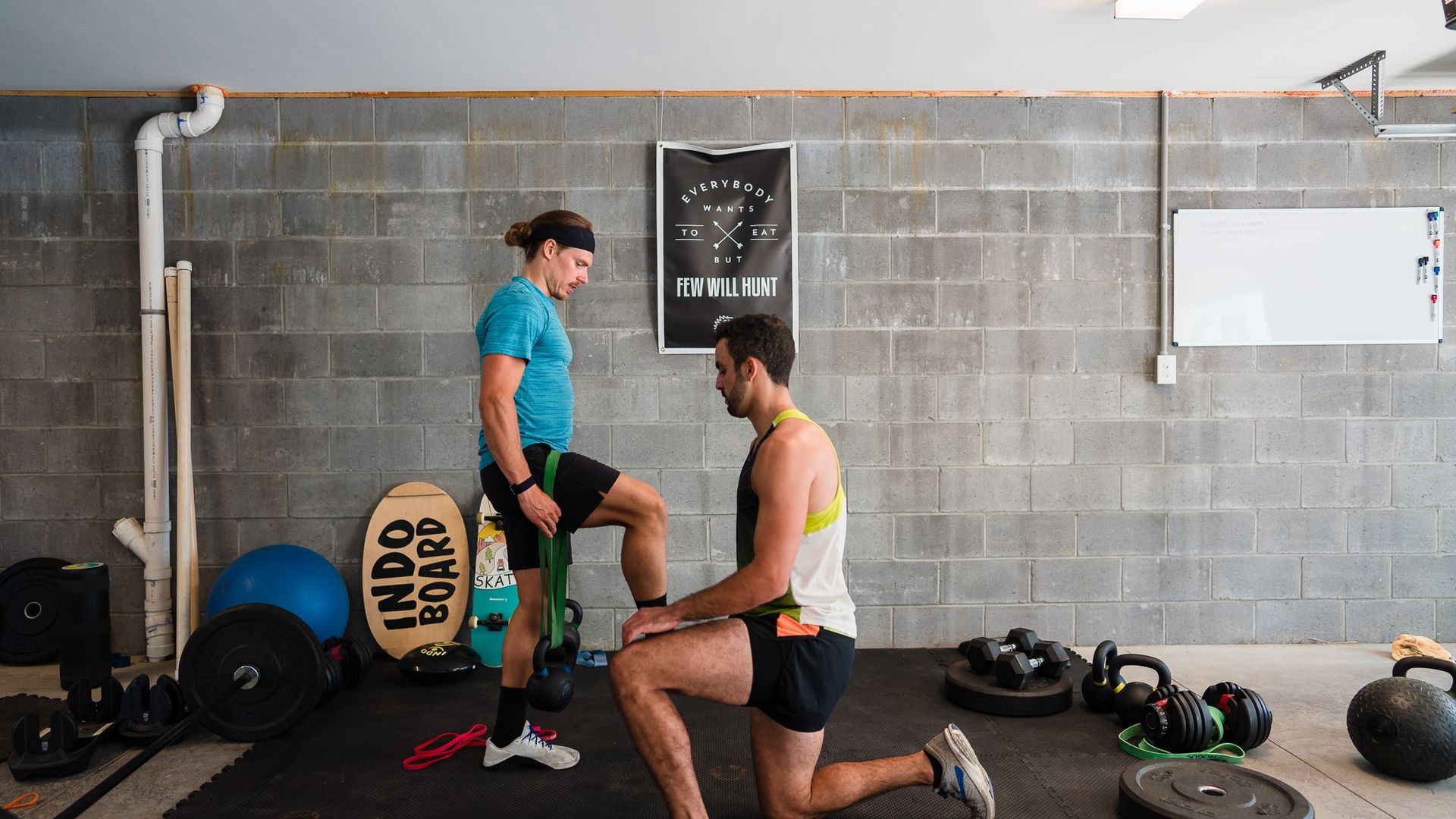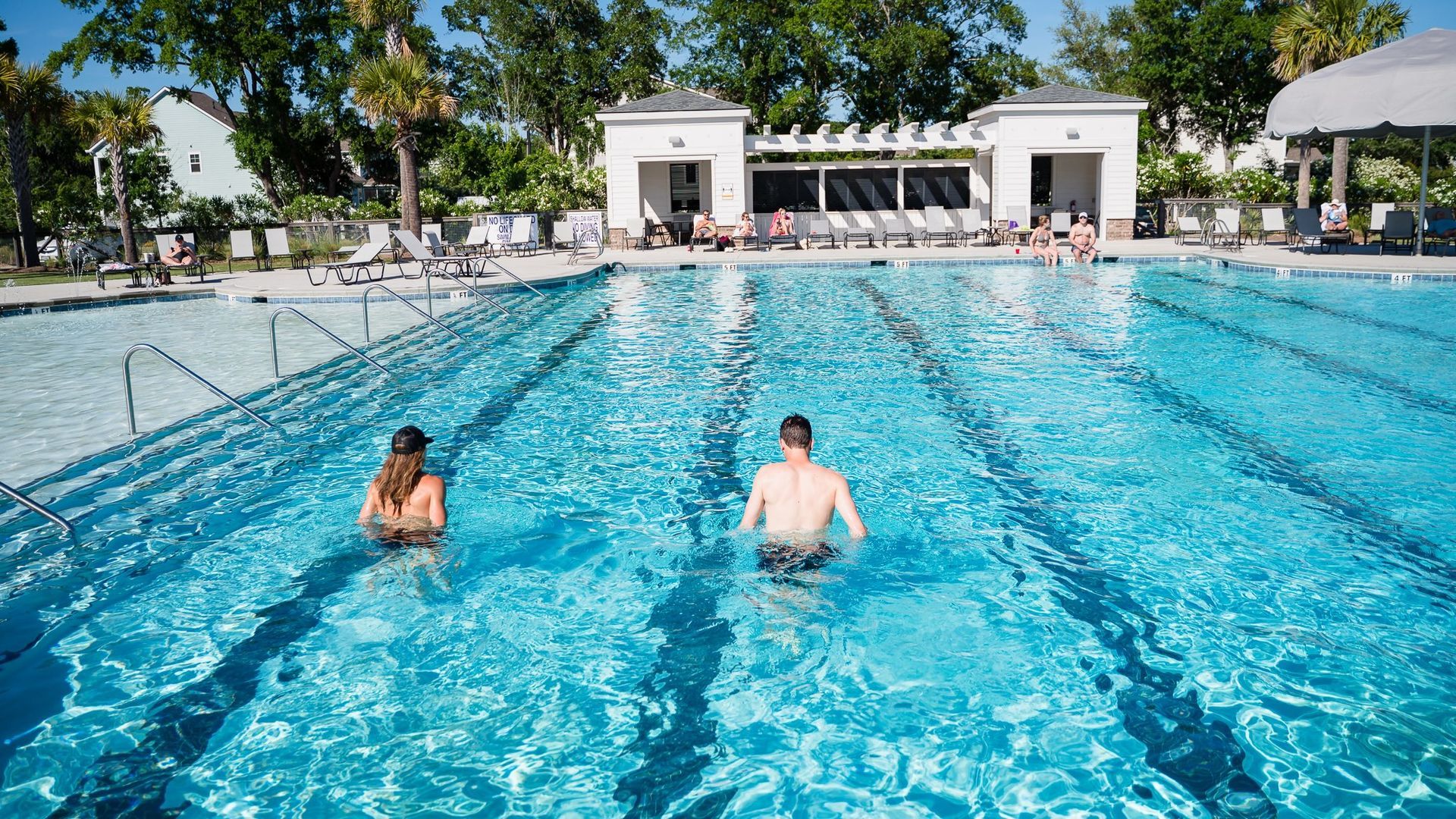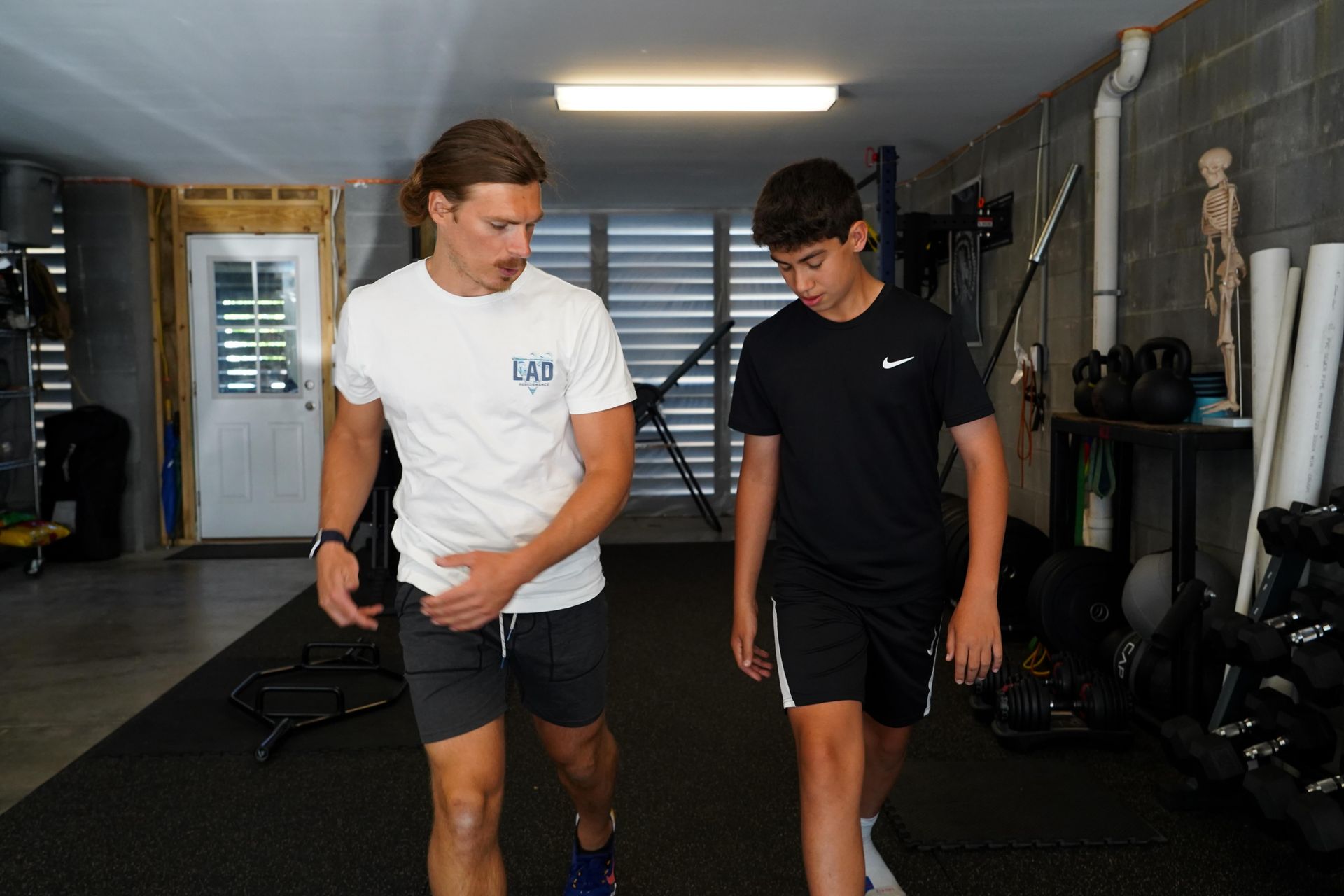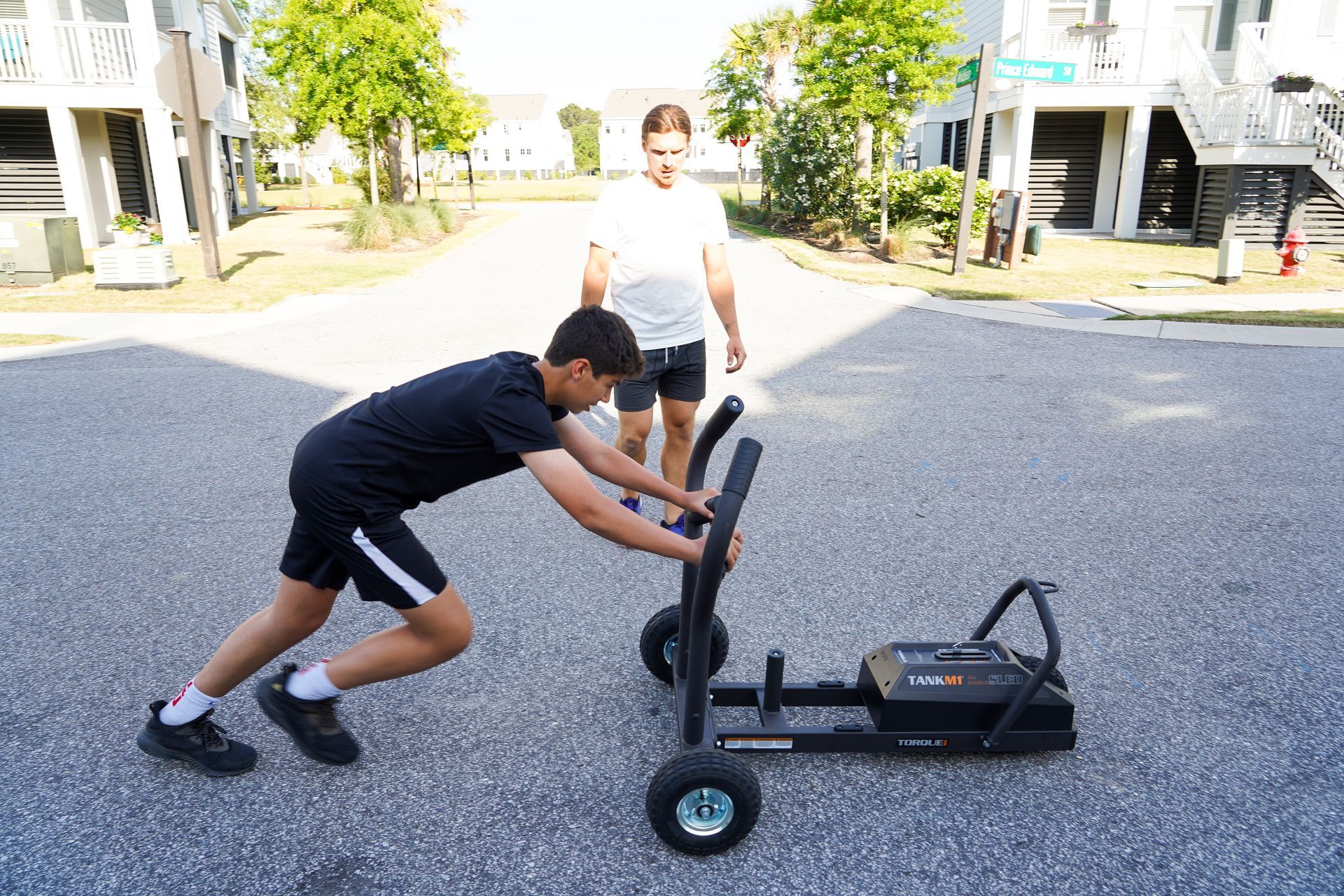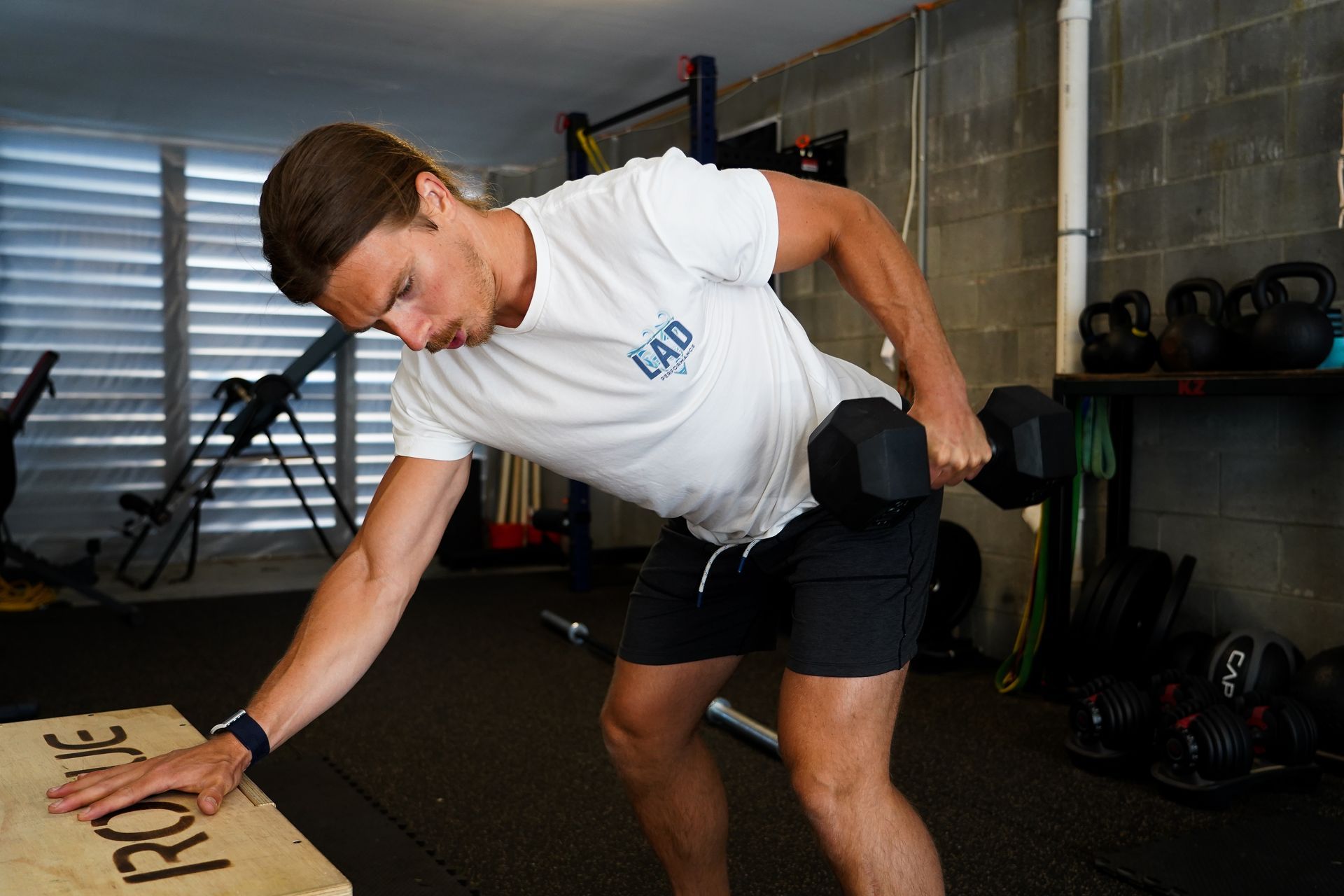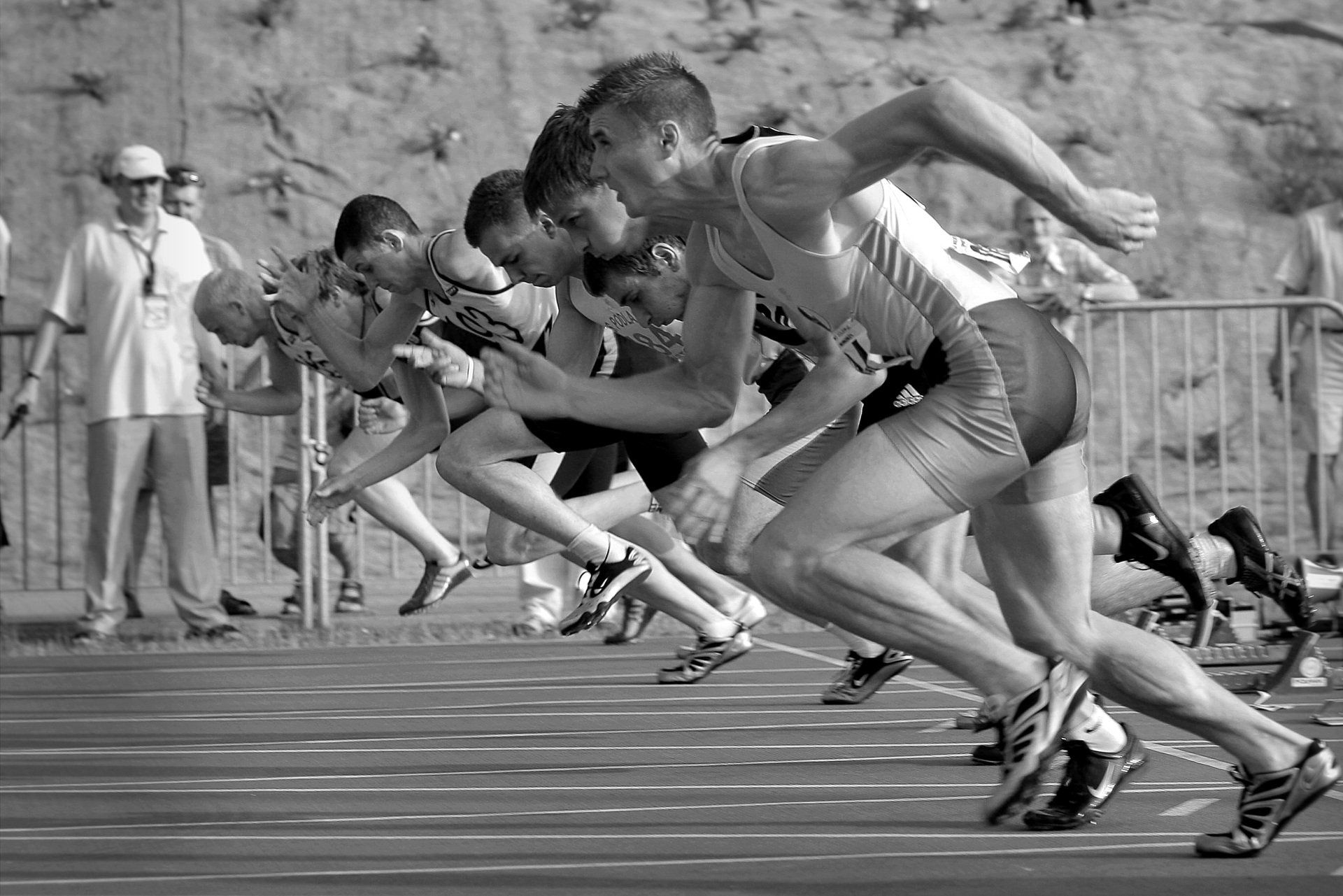LAD Performance - The Weekly Dose
🤨 What ACTUALLY is "Functional Training" and how can we think about it differently?
Another Episode of The Weekly Dose!
Every week I set out to help educate you on movement practices and principles that will enable you to become a better athlete. Whether you are a high school athlete or a 75 year old grandparent trying to keep up with your grandkids, this email will have value!
Today I am going over another way to think about functional training and how we can view it differently… and in my eyes more appropriately. I hope you enjoy!
Machines or Dumbbells…? TRX or Wall-Assisted…? Smith Machine or Barbell…?
Functional this, Functional that. What even is “Functional” anymore? PSA: I’m done using this term (just wait until i’m done with this email 🤣) . If you hear me using it just go ahead and call me out. It is quite possibly the most misunderstood word in the industry. I’m sure I have played a part in the misunderstanding! So how about you follow a long with me… let’s swap this out for a different and more appropriate word.
First, let’s break down the definition of functional: “Of or having a special activity, purpose or task: relating to the way in which something works or operates… designed to be practical and useful , rather than attractive.”
The highlighted part is the most important to me when I think about this. It means that it is subject dependent. What are your goals? What is your sport?
Those questions matter!!
If you haven’t even started there you are missing the point of what we are calling “Functional Training.”
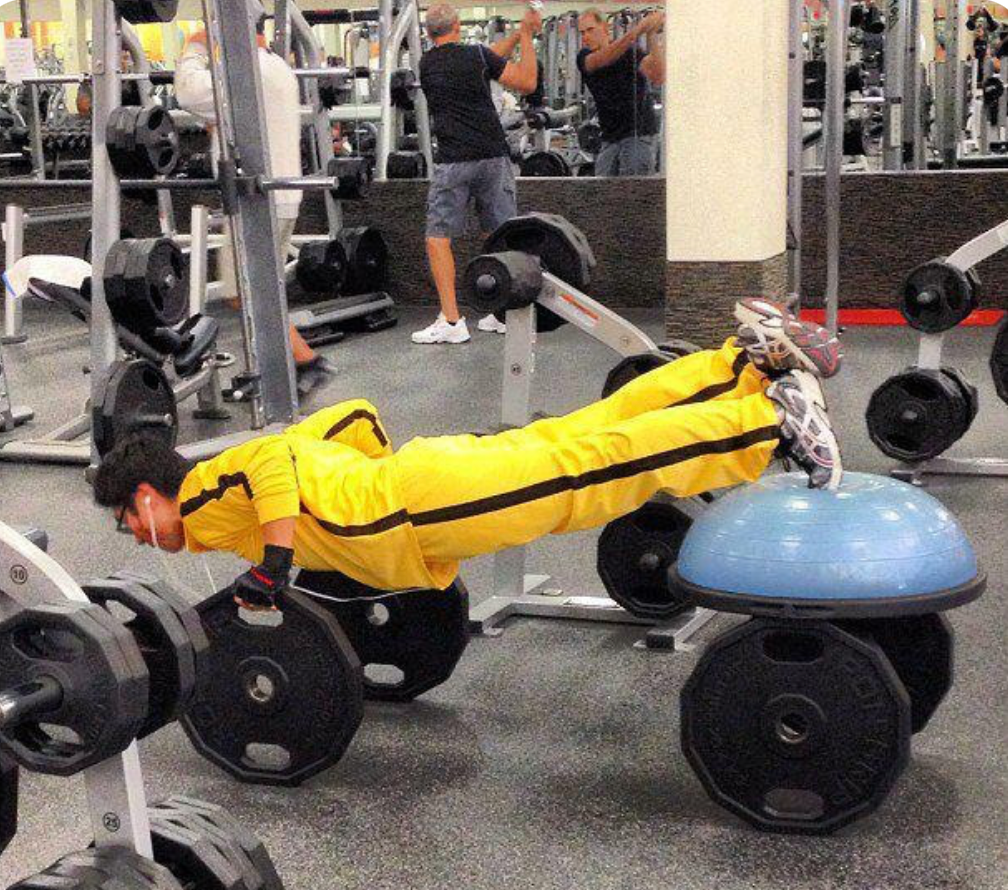
Ohh no... Please don't let this be you
One of my mentor’s Pat Davidson uses a concept that I really like. It’s called “Ground”. I believe this is a much better approach to describe what we have been calling functional for so many years.
Ground, as Pat D explains it, is a spectrum. Certain sports and positions require high ground or low ground based on the needs and demands. “Ground is anything external to your body that you are able to push against. Ground itself can go from a very easily deformable object (air or water) to a very high deformable object (heavy barbell or 350 lb lineman).”
On one end of the spectrum you have a high ground athlete, a power lifter or bodybuilder. These athletes are constantly pushing against another large object (heavy barbell, heavy machines). These athletes prioritize muscle mass and hypertrophy
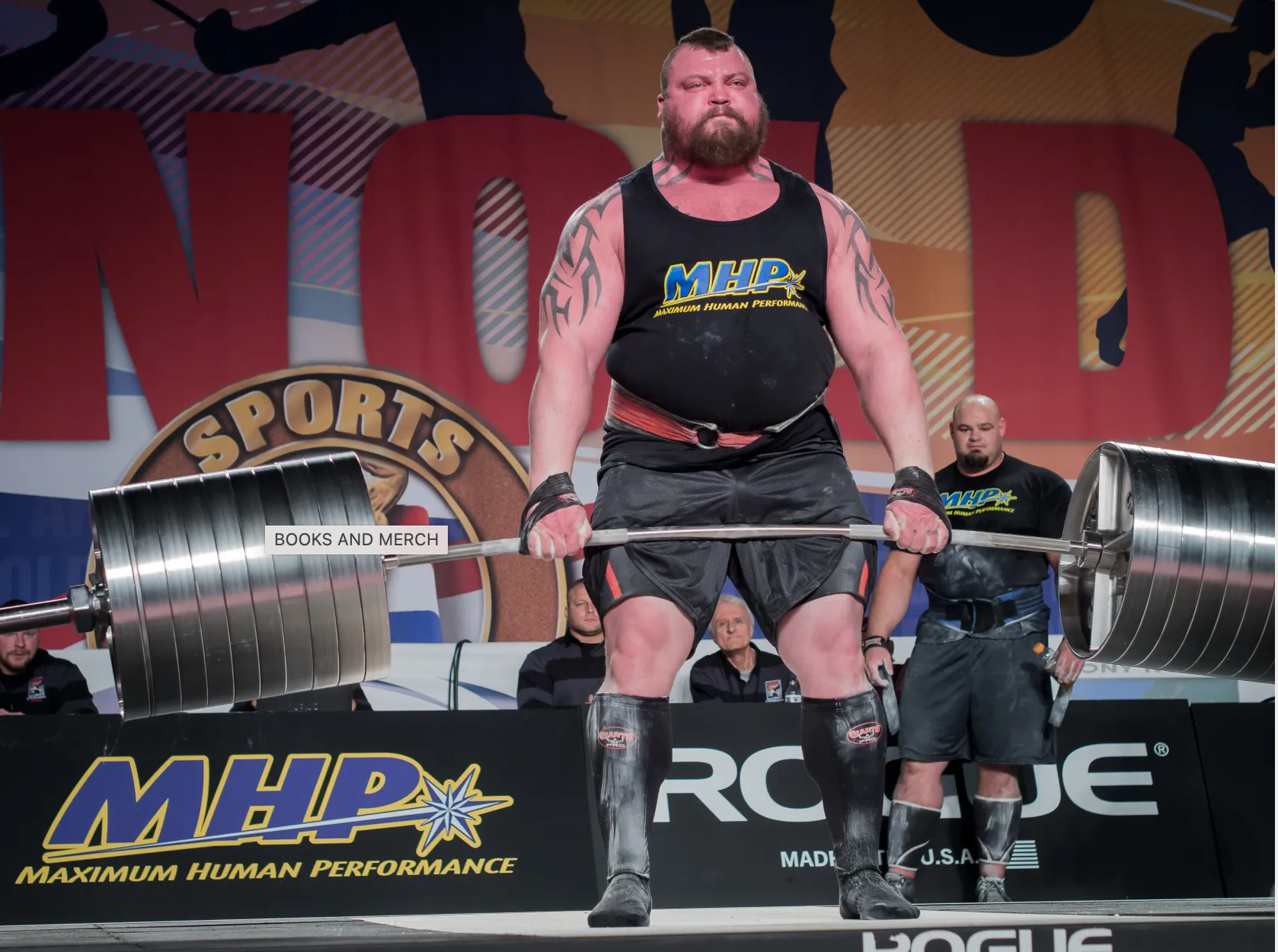
On the other end of the spectrum you have a halfpipe snowboarder or a diver. These athletes spend a lot of time in the air rotating and freestyling. These athletes are very good at tumbling in space & don’t require a lot of muscle mass and hypertrophy (in fact these attributes could be detrimental to their sport).
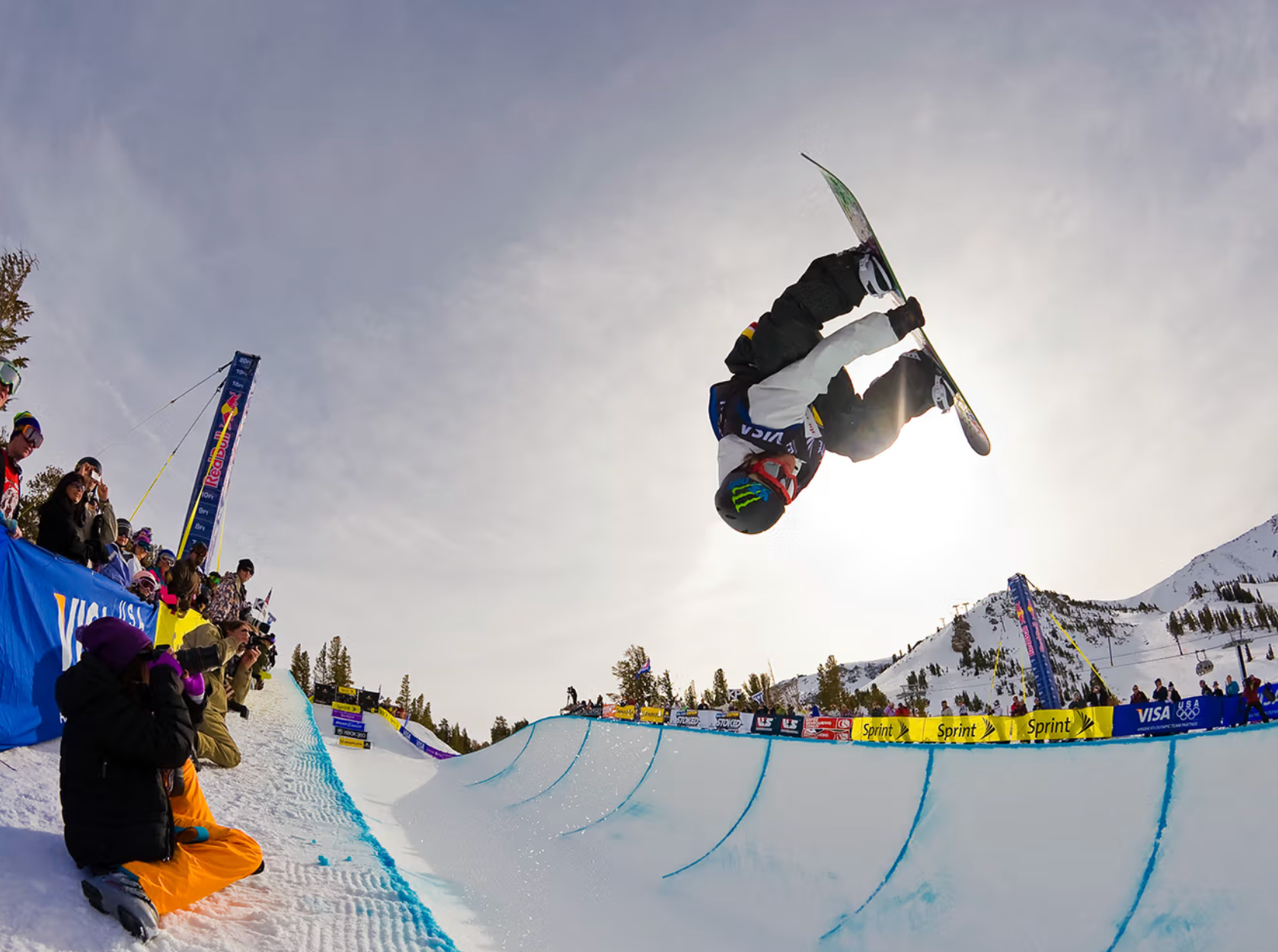
Note I’m highlighting two complete opposite sides of the spectrum to make the concept easy to understand. Nearly all of us fall somewhere within this spectrum & we can use knowledge to put more or less ground into our training system. Knowing our goals, demands of sport, physical gifts (superpowers you could call them) are all determining factors as to where we fall on the spectrum.
Think about being a sprinter for a second. Put yourself in the blocks. The gun goes off and you begin your fall into the first few acceleration strides. There is a fair bit of time on the ground here. Longer ground contact times & greater impulses relative to when you hit your top speed, right? When you hit your top speed you have much less time on the ground. To develop these unique phases in your sprint you would think about training them differently. Sports have a lot of this…mixtures of higher and lower ground throughout positions, parts in the play, etc…
I hope this is starting to get the gears turning in your mind for your own training. I really think this concept works well to determine how to categorize exercises and athletes.
For people who are getting exposed to a new training stimulus or maybe haven’t worked out in a while you can use ground to determine where to start. High ground in exercise selection would be using more constraints. Examples of this would be using a wall for proper movement patterning, bands for RNT (Reactive Neuromuscular Training), machines, etc.. High ground would be the best way to maximize the outcome of what you are trying to do. Once the highest ground is mastered you would progress by removing ground (taking away a constraint in this case).
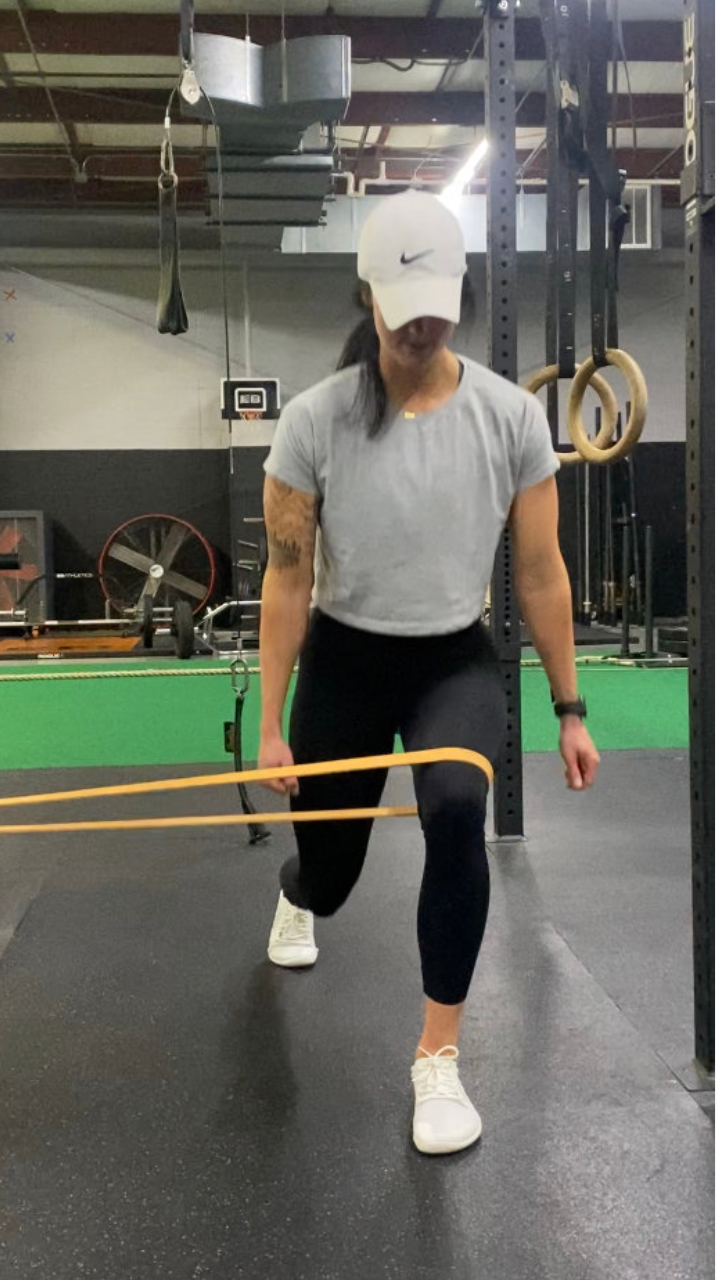
Here’s an example of RNT in a split squat. This could be used to really emphasize the proper pattern that the hip and knee would take as you bend and yield into the ground. This is a tool to build the neuromuscular connection needed (brain to muscle).
Athletes have their own super power. Take a football running back. You could have a running back who EXCELS at high ground. This athlete is begging the coach to run you over, they want to hit hard… vs. a lower ground individual who is very shifty, quick, illusive, who doesn’t prefer a lot of contact, but knows they can’t be touched.
Thinking about your own abilities as an athlete and what sport you are playing will make a big difference in the way you do your “functional training”.
If you have aesthetic goals & you want to look good naked then perhaps a great choice for you would be high ground exercises that build hypertrophy (mass to your muscle tissue). An example would be bodybuilding.
You need to understand what it is you are going after… what are your goals? You can align this concept of ground in exercise selection based on the needs and demands.
Here’s a simple example of a squat. In this video I break down different ways you can differentiate high vs. low ground in the squat and how to progress. I walk you through 4 different squat exercises. You can use this in your own training or with your clients.
